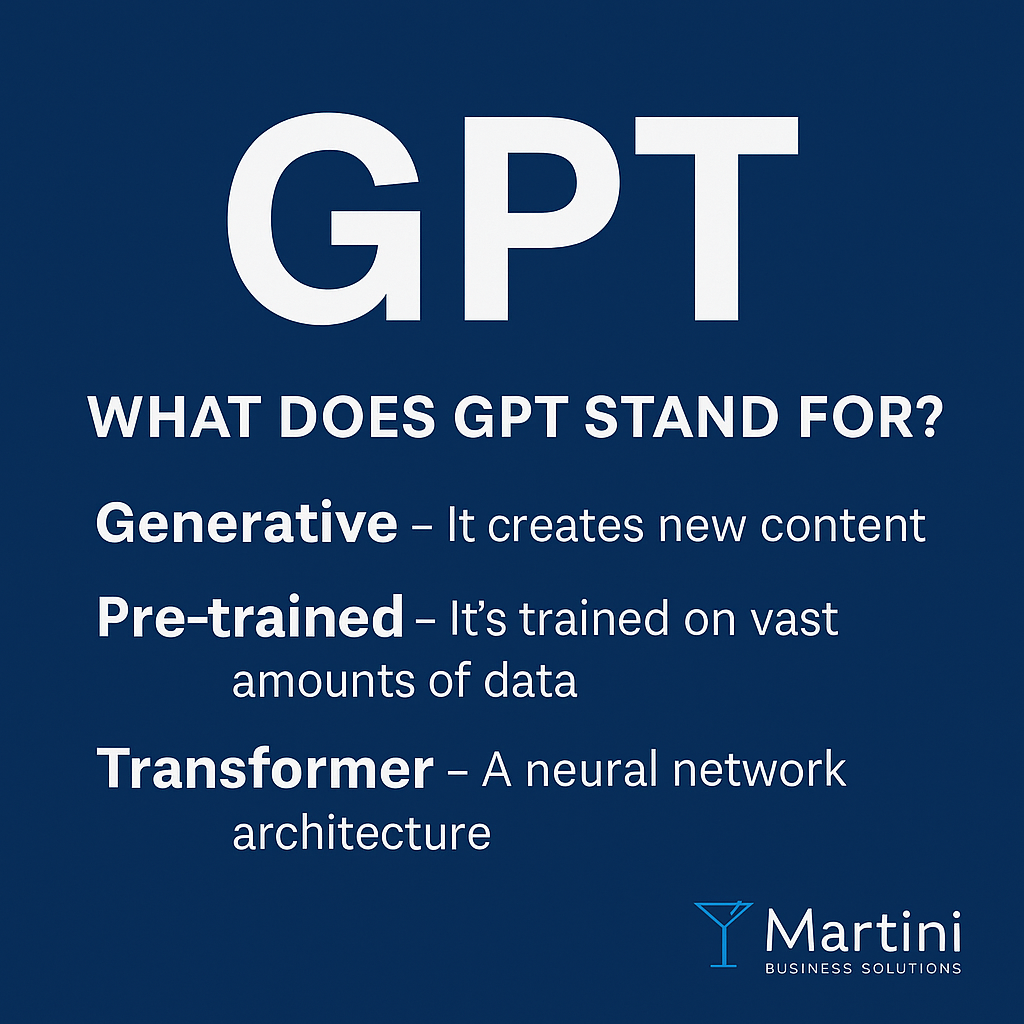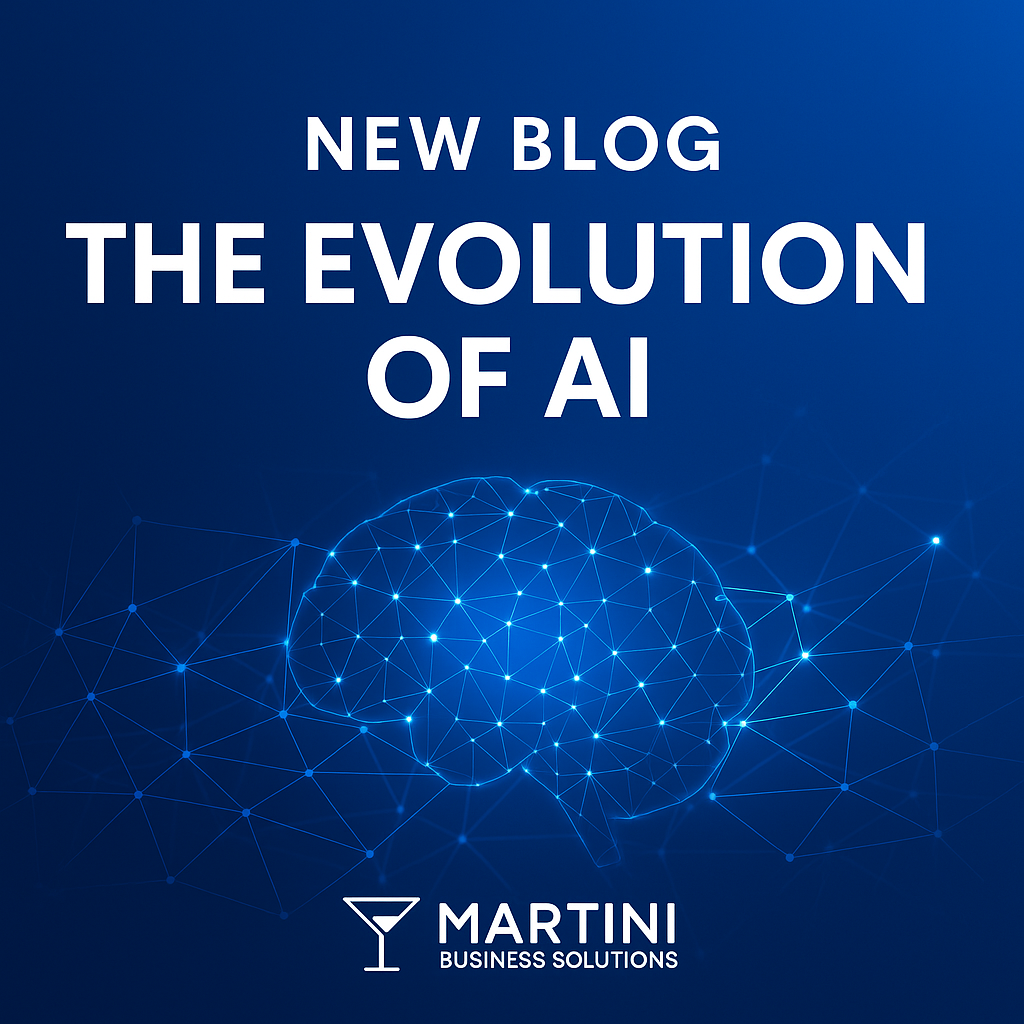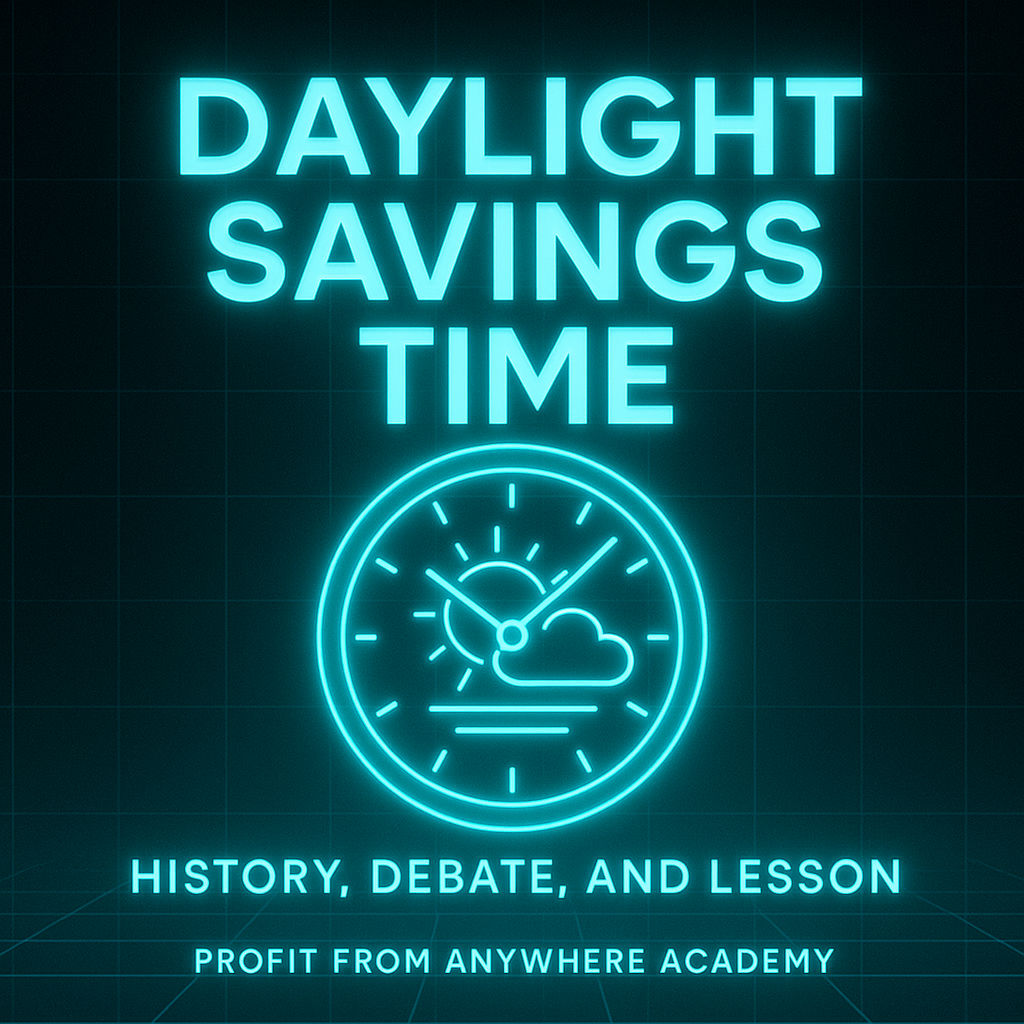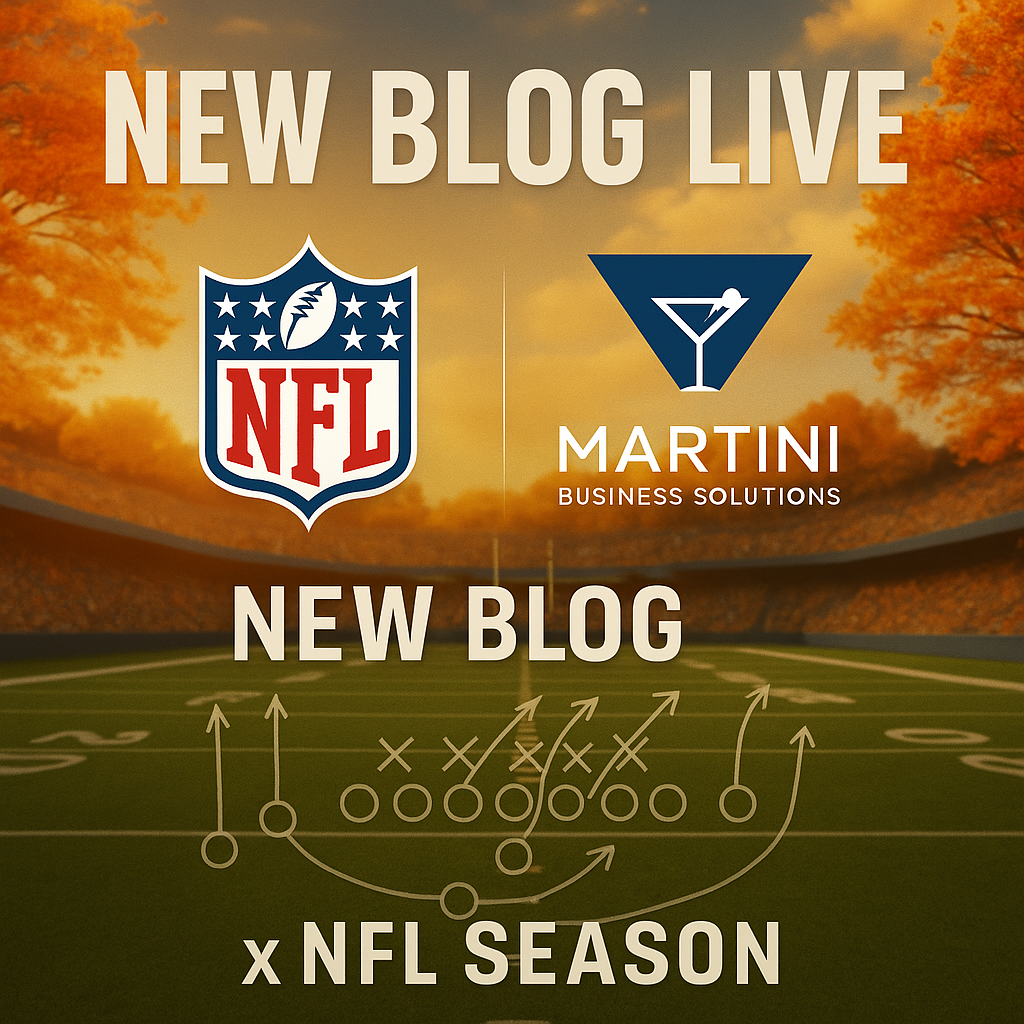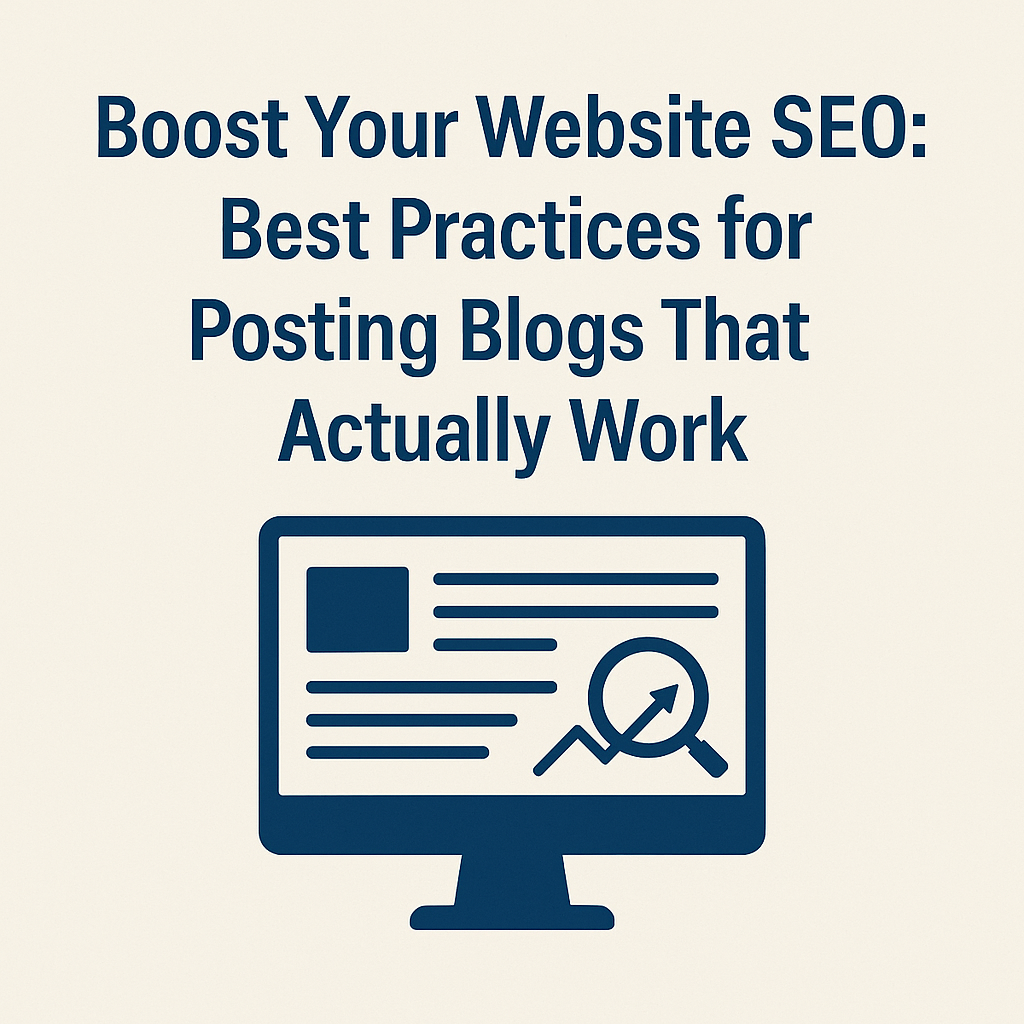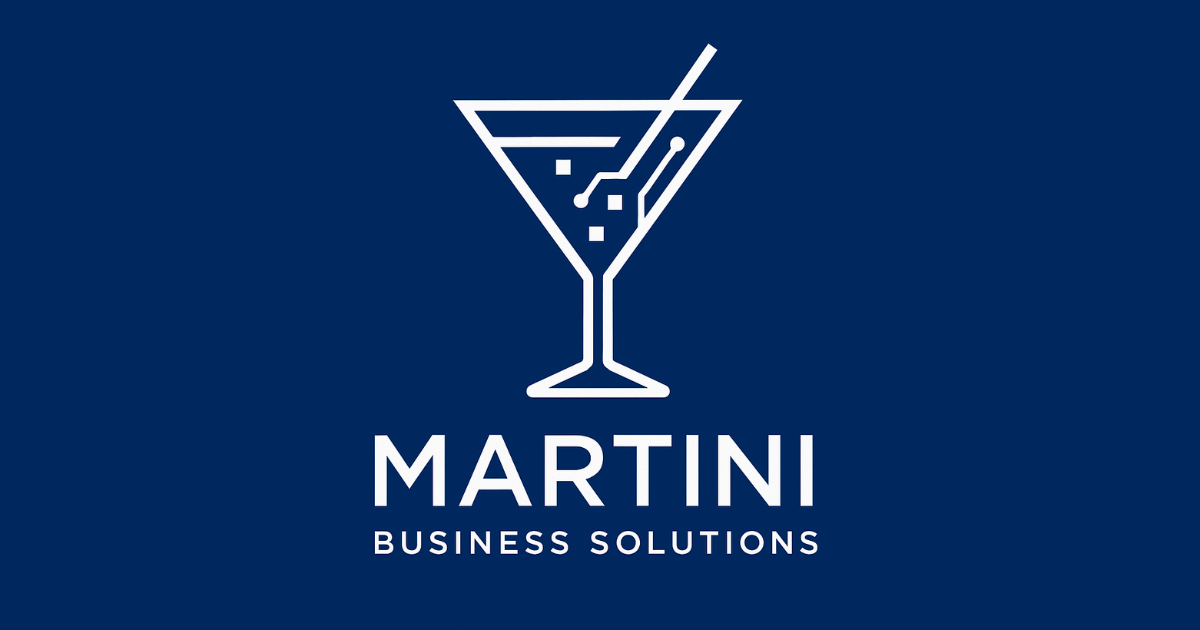By Philip Martini
•
October 11, 2025
When most people hear the term “AI,” their minds immediately go to ChatGPT — a tool that can write essays, build websites, and hold conversations. But artificial intelligence has a much deeper and more fascinating history — one that stretches back nearly a century and continues to reshape every corner of business and daily life. The Origin of Artificial Intelligence Artificial Intelligence, as an academic concept, was born in 1956 at Dartmouth College, where a group of scientists and mathematicians set out to explore the possibility of “machines that could think.” Early AI systems were incredibly limited — capable of simple mathematical reasoning or playing basic games like checkers and chess. Through the 1960s and 1970s, researchers dreamed of human-level reasoning, but the computing power of the time couldn’t keep up. The field entered a period known as the “AI Winter,” where funding dried up and progress stalled. The Reawakening: Machine Learning and Big Data Fast forward to the 1990s and early 2000s — AI was reborn through a new approach called machine learning. Instead of trying to explicitly program intelligence, scientists began training computers using data — allowing machines to recognize patterns and make predictions. This evolution coincided with the explosion of the internet and massive data storage capabilities. Suddenly, computers could “learn” from billions of examples — photos, text, sounds, and videos — and produce shockingly accurate results. The AI Boom: Neural Networks and Deep Learning By the 2010s, neural networks — algorithms inspired by the human brain — began powering modern AI. From Siri and Alexa to Google Translate and Tesla’s autopilot, deep learning revolutionized what technology could do. Then came Generative AI — models that didn’t just analyze data, but created new things. Text, art, code, music, video — AI could now imagine. When ChatGPT launched in late 2022, it became the fastest-growing technology adoption in human history. Millions began experimenting with it — writers, entrepreneurs, teachers, and developers — turning once-complex tasks into a few typed prompts. The Risks: Automation Anxiety and Ethical Dilemmas Like every technological revolution, AI brings both opportunity and uncertainty. Many fear AI will replace jobs — and in some sectors, it will. Repetitive, rule-based work is being automated faster than ever. But history tells us: technology doesn’t just replace jobs — it transforms them. The invention of electricity wiped out thousands of candle makers, but gave rise to engineers, electricians, and entire new industries. AI is on the same path — shifting value from manual repetition to creativity, problem-solving, and human connection. The real challenge isn’t AI itself — it’s how we adapt. There are also ethical and existential questions: How do we ensure AI isn’t biased or manipulative? How do we maintain privacy in an AI-driven world? What happens when machines can simulate human emotion or decision-making? These questions don’t have easy answers. But they do demand participation — from creators, regulators, and users alike. The Rewards: Acceleration of Human Potential Despite the risks, AI represents one of the greatest accelerators of human potential ever created. For small businesses, entrepreneurs, and creators, AI is the ultimate force multiplier. It can: ✅ Write marketing campaigns ✅ Design websites ✅ Automate customer follow-ups ✅ Create videos, graphics, and blog content ✅ Analyze sales data and predict trends In short, AI allows you to do in hours what used to take weeks. This means individuals — not just corporations — can now compete at a global level. The barriers to entry are lower than ever before. How AI Is Reshaping the Workforce We’re entering the age of augmented work — where AI handles the heavy lifting , and humans focus on higher-order thinking . Jobs that combine technical efficiency and human creativity are skyrocketing in demand : AI marketing strategists Digital asset creators Automation consultants Virtual business builders The traditional 9-to-5 is evolving into something more flexible, entrepreneurial, and digital. For many, AI is the bridge between financial survival and financial independence. The Future of AI: Where It’s All Headed AI won’t just assist us — it will soon collaborate with us. We’ll have AI teammates, AI-powered small businesses, and even AI-driven education systems. Entire industries will run on intelligent automation — healthcare, construction, finance, marketing, and local services. But the true winners will be those who understand how to own the systems instead of just using them. That means building digital assets that work 24/7 — websites, funnels, automations, and data-driven online brands. Your Opportunity: Learn to Leverage AI for Digital Real Estate At The PFA Academy, we’re teaching everyday people how to turn AI from a curiosity into cash flow. You don’t need a tech background. You don’t need years of coding experience. You’ll learn how to: 💻 Build and rent websites using AI tools 📈 Support real home-service businesses with better sales and marketing 🏠 Create digital “real estate” that earns passive or semi-passive income The same way physical real estate builds wealth through ownership, digital real estate builds wealth through automation and visibility. It’s time to stop just watching the AI revolution — and start owning a piece of it. Ready to Build Your Future? As 2025 comes to a close, ask yourself: Are you watching AI change the world — or are you leveraging it to change yours? 👉 Join The PFA Academy and learn step-by-step how to build your first AI-powered digital asset, support real small businesses, and create income streams that don’t require sacrificing family time. Start stacking your digital assets today. Start stacking your future. 🔗 www.tinibiz.com | Powered by Martini Business Solutions



